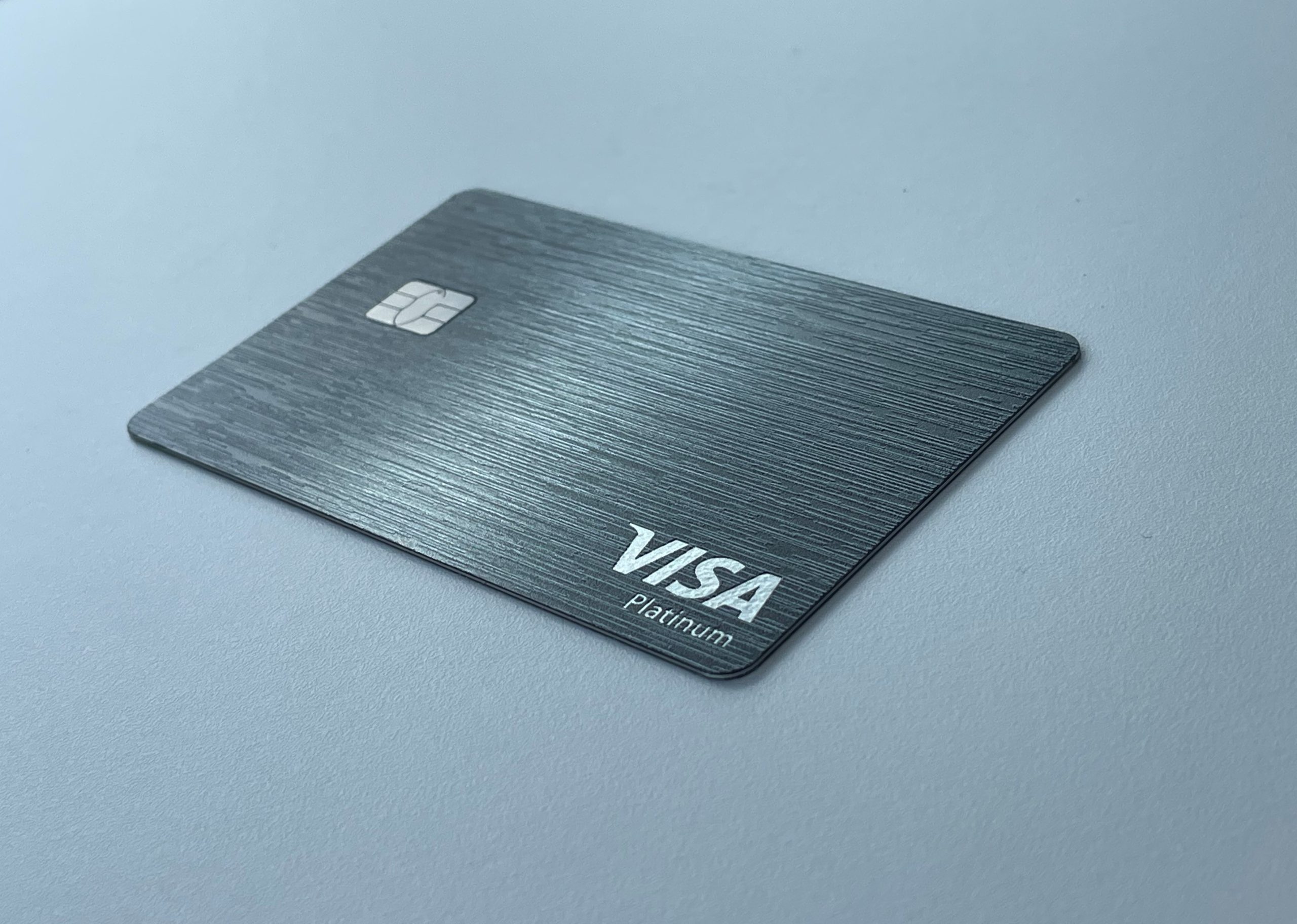Ever wondered why some metal cards feel just right in your hand, while others are either too chunky or oddly flimsy? There’s actually a lot of science and design thinking that goes into choosing the perfect thickness for premium metal cards. Let’s dive into what really matters—and why it matters more than you might think!
Material Matters: Not All Metals Are Created Equal
When it comes to metal cards, the type of metal used has a huge impact on how thick (or thin) the final product can be. If you’re curious about what’s optimal, learning more about the best metal card thickness can help you make an informed choice.
Here’s what’s at play:
– Density: Heavier metals like stainless steel are super strong even when thin, while lighter metals like aluminum might need to be a tad thicker just to stay durable.
– Tensile Strength: This is all about how much stress the card can handle before it bends or snaps. Stronger metals mean thinner cards are possible.
– Ductility: If a metal can bend without cracking, you can make it thinner. If not, you’ll need a bit more bulk.
Bottom line?
Finding the right mix between strength and slimness is key to making a card that looks great and lasts.

Ergonomics: How Does It Actually Feel?
Picking the right thickness isn’t just science—it’s also about comfort and practicality.
Hand Comfort & Grip
– Thicker cards feel substantial and are less likely to slip out of your hand.
– Too thick? You might get hand fatigue, especially if the card edges aren’t smooth.
– Thinner cards are lighter and easier to handle for longer periods, but can sometimes feel a bit underwhelming.
Portability & Storage
– Slim cards fit easily into wallets and cardholders—no wallet bulge!
– Chunky cards might last longer but can be a pain to carry, especially if your wallet is already full.
Looks Matter Too
– Visual balance: The right thickness can make a card look either ultra-luxe or perfectly minimalist.
– Pairing the card’s thickness with good color choices and layout helps create a sense of premium quality.
Strength & Durability: Will It Last?
Nobody wants a metal card that gets bent or scratched in a week.
What to Look For
– Material Resistance: Does the metal resist corrosion, scratches, and daily wear? Stainless steel, for instance, is a winner here.
– Impact & Bending Tolerance: Thicker cards generally handle drops and pressure better. But a high-quality alloy can give similar strength without extra thickness.
Tip:
The right combo of thickness and material means your card looks good and stays sturdy, no matter how often you use it.
Manufacturing Realities: What’s Actually Possible?
Dream designs are great, but the factory floor has its limits.
– Techniques like CNC milling, laser cutting, and stamping have strict tolerances—so there’s a minimum and maximum thickness you can work with.
– Material sourcing matters. Using premium, consistent alloys ensures your design can actually be manufactured as intended.
– Cost vs. Durability: Thicker and denser means pricier, but sometimes it’s worth it for that luxury feel.
Wallet & Card Holder Compatibility
Ever tried to shove a too-thick card into your wallet and ended up either jamming it in or scratching the card? Not fun.
Here’s what you should check:
– Will the card fit standard wallet slots?
– Is it too rigid for layered or snug compartments?
– How does it affect the overall thickness of your wallet?
Pro Tip:
Always test your card design with common wallet types to avoid headaches (and broken wallets) later.
Industry Standards & Customization
Most metal cards follow certain size and thickness guidelines so they’ll work with payment terminals and fit in wallets. But there’s room for flair!
– Industry standards keep things functional and compatible.
– Customization options like unique finishes, engravings, or even extra thickness can make your card stand out—just don’t stray too far from the basics, or usability might suffer.
Quick Takeaways
– Material choice and thickness go hand in hand—find the right match for strength and style.
– User comfort matters: Too thick or too thin, and you risk annoying your cardholders.
– Manufacturing and standards set the stage for what’s actually possible, but there’s still plenty of room for creativity.
In a nutshell:
The perfect premium metal card isn’t just about feeling heavy or looking cool—it’s a careful balance of material science, user experience, and real-world constraints. Get it right, and you’ve got a card everyone wants to show off.
